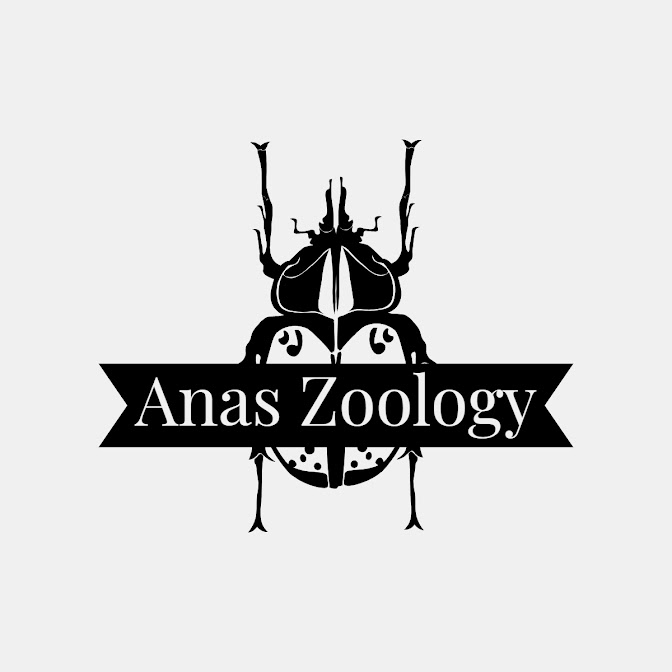Black Rock Moss (Andreaea rupestris)

Mosses are non-flowering plants that typically form mats or cushion-shaped clumps. Despite their small size, they are remarkably resilient plants. They are able to grow in a wide range of habitats, from woodland to deserts, and are found on every continent including Antarctica. Mosses have thin leaves that usually spiral around slender, wiry stems, and they reproduce by scattering spores. Like liverworts, they need moist conditions to grow. They can be extremely abundant in habitats that are always damp, and some species - particularly sphagnum mosses - form extensive blankets, dominating the ground in cold parts of the world. Others, however, are able to remain dormant during droughts. They look grey and lifeless, but become green again within minutes if it rains. Mosses have a two stage life cycle - a feature shared by all other plants. In mosses, the dominant stage is the gametophyte, which produces male and female cells. After the female cells are fertilized, they produce the spore...



